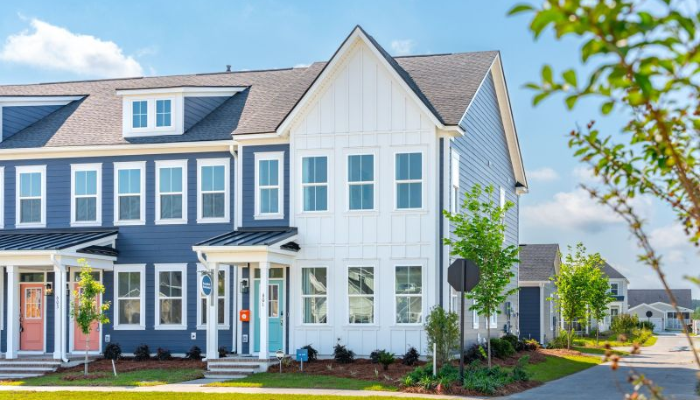Key Takeaways
- Benefits of engaging senior living communities for residents.
- Importance of social connections and active lifestyle for seniors.
- Recent developments and trends in senior living facilities.
Understanding Senior Living Communities
As we progress through life, contemplating a move to a senior living community can be comforting and exhilarating. These communities are expertly crafted to support older adults in a setting that balances autonomy with necessary care. Whether you’re drawn by a search for rest homes near me or simply curious about your options, understanding the dynamics of these communities is critical. Types range from independent living arrangements, where seniors live with minimal assistance, to memory care, offering specialized support for individuals with cognitive challenges.
Choosing the Right Community for You
Selecting the optimal senior living community is a profoundly personal decision shaped by individual needs, lifestyle preferences, and health requirements. It’s crucial to weigh the importance of location, ambiance, and the spectrum of services offered. For some, proximity to family may be paramount, while others may prioritize facilities like gardens, swimming pools, or therapy services. Navigating this conundrum with insight from resources such as AARP’s Guide to Senior Housing can provide essential guidance, helping you align your decision with your most pressing needs.
The Role of Social Connections
Social connections form the heart of a vibrant existence, enhancing emotional well-being and physical health. Recognizing this, senior living communities engage residents with a rich tapestry of social activities. Bingo nights, book clubs, and group excursions create an environment of camaraderie and friendship. Beyond recreation, these activities alleviate feelings of loneliness and depression, positively impacting the quality of life. By fostering such social interactions, senior communities promise care and genuine companionship in residents’ daily routines.
Encouraging an Active Lifestyle
Remaining physically active in our later years is crucial for maintaining health and vitality. Senior communities are pivotal in facilitating this by offering tailored fitness programs. Activities range from gentle yoga classes, promoting flexibility and calm, to more rigorous aerobics for cardiovascular health. Classes often cater to all ability levels, ensuring inclusivity for every resident. By emphasizing physical activity, these communities help residents maintain their physical health, mental acuity, and social engagement through shared gym classes and sports.
Innovative Trends in Senior Living
Technology integration is revolutionizing the landscape of senior living communities, offering new avenues for safety, health monitoring, and lifestyle enhancement. Smart home technologies, like motion sensors and automated lighting, add layers of safety and comfort. Meanwhile, telemedicine is changing how residents access healthcare, allowing consultations with specialists from their homes. These technological advancements facilitate and enrich the ease of living, giving residents more control over their environment and health management.
The Importance of Mental Health
Mental wellness is a cornerstone of health that garners increasing attention in senior living communities. Innovations in mental health care incorporate holistic approaches, offering services such as art therapy, guided meditation, and brain-training games. These initiatives are designed to bolster mental resilience, promote a positive outlook, and enhance cognitive function. Such mindful interventions ensure that residents receive comprehensive care, addressing both psychological and emotional needs, paving the way for enriched and fulfilling lives.
How to Maintain Independence
Preserving independence is an inherent desire among seniors, and senior living communities acknowledge this need by supporting autonomy with dignity. They offer flexible services tailored to individual preferences, allowing residents to direct how and when they receive support. This structure empowers seniors to pursue their interests— gardening, painting, or participating in voluntary community service—while knowing assistance is readily available. By cultivating an environment that supports independent decision-making, these communities foster a sense of confidence and self-reliance among their residents.



